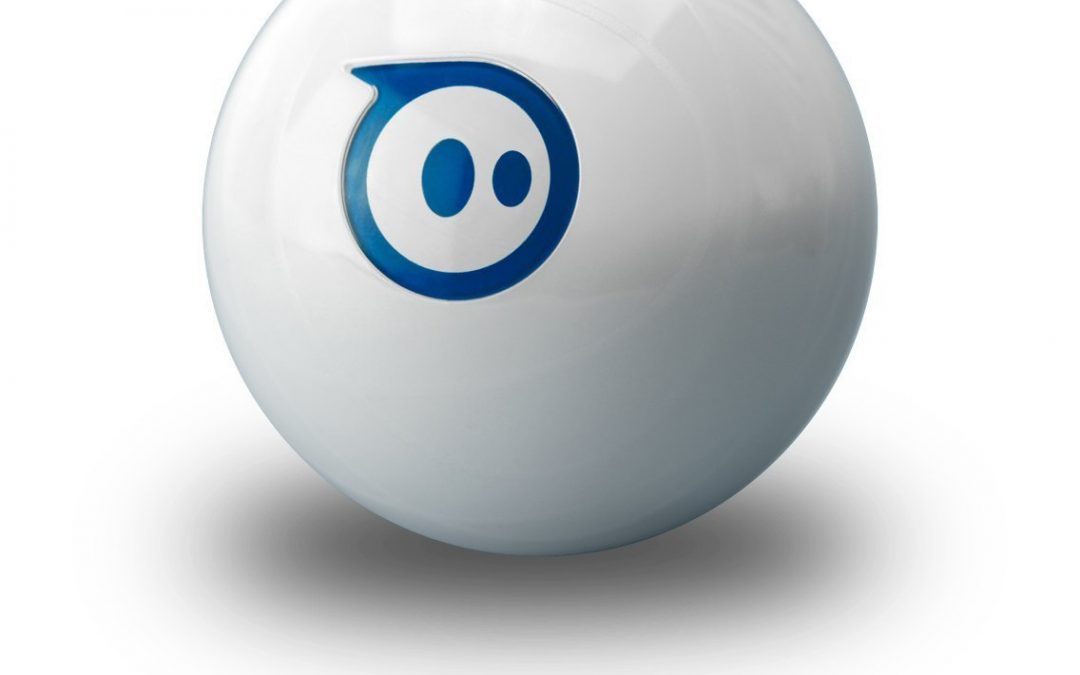
by The Editor | Feb 23, 2017 | Coding, Latest News, Programmable Technology, Spheros, Teaching and Learning
Sphero Education provides lots of different resources which support teachers in delivering Maths experiences and outcomes. They provide an introduction, student guide, teacher guide and worksheet for each lesson. By clicking on the PDF’s below, you will get access to the materials you will need.
2D Geometry
Introduction: Intro-1ykmgul
Student Guide: MacroLab2_StudentGuide-1lv770v
Teacher Guide: MacroLab2_TeacherGuide-27c7yaq
Worksheet: MacroLab2_Worksheet-y83spq
Mean, Median and Mode
Introduction: Intro-1ykmh0w
Student Guide: MacroLab3_StudentGuide-1uxn9ff
Teacher Guide :MacroLab3_TeacherGuide-10a00b1
Worksheet: MacroLab3_Worksheet-1vp9cci
Percentages
Introduction:Intro-1ykmh3g
Student Guide: MacroLab4_StudentGuide-1mcup4j
Teacher Guide: MacroLab4_TeacherGuide-28zzb2e
Worksheet: MacroLab4_Worksheet-ooyy3d
Patterns and Colours
Introduction: Intro-1ykmh5a
Student Guide: MacroLab5_StudentGuide-1uhjv6e
Teacher Guide: MacroLab5_TeacherGuide-ypocyx
Worksheet: MacroLab5_Worksheet-244fvar
Time, Distance, Speed
Introduction: ._Intro-22rzhzl
Student Guide: ._MacroLab1_StudentGuide-1fhvn8f
Teacher Guide: ._MacroLab1_TeacherGuide-2azzuq8
Worksheet: ._MacroLab1_Worksheet-2ge6onh
Other fun learning opportunities: Angles-266z2om
by The Editor | Feb 22, 2017 | Coding, Latest News, Loanbank, Programmable Technology, Teaching and Learning, VEX Robotics
Midlothian VEX IQ Challenge from Midlothian LTT on Vimeo.
by The Editor | Feb 22, 2017 | Coding, Programmable Technology, Spheros, Teaching and Learning
Pupils at Moorfoot Primary School used their understanding of angles and computer programming to code a sphero to trace 2D shapes. The next challenge they have is to create a code for the sphero to draw a pentagon by calculating the angles it must turn.
Sphero at Moorfoot PS from Midlothian LTT on Vimeo.
Angles and Spheros at Moorfoot PS from Midlothian LTT on Vimeo.
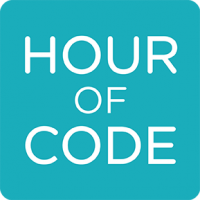
by The Editor | Dec 1, 2016 | Coding, Game Based Learning, Latest News, Programmable Technology, Teaching and Learning
In Primary 3-7, learners at Saint Matthew’s Primary School discovered what an algorithm is. For this lesson I used res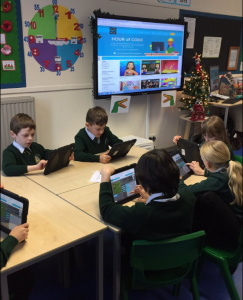 ources from Barefoot Computing. After watching a short video and discussing algorithms we see everyday, learners followed my class algorithm to create a monster using a Whiteboard app. After the algorithm was complete, the learners shared their creations and discussed as a class why every monster was not the same. We discovered that when creating an algorithm, each step has to be clear and specific otherwise it wouldn’t work in they way we want it to.
ources from Barefoot Computing. After watching a short video and discussing algorithms we see everyday, learners followed my class algorithm to create a monster using a Whiteboard app. After the algorithm was complete, the learners shared their creations and discussed as a class why every monster was not the same. We discovered that when creating an algorithm, each step has to be clear and specific otherwise it wouldn’t work in they way we want it to.
I then introduced learners to a great resource, Hour of Code. This is a website that can be accessed at home or in school. Learners are not required to create accounts, unless it is necessary to keep an online record of work. Each tutorial available is designed for all ages in over 45 languages and contains teacher notes and resources.
Today, learners were instructed to use a self led tutorial, Minecraft Hour of Code to create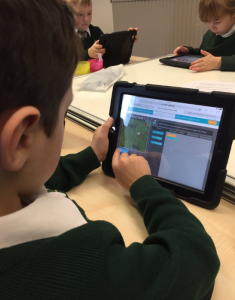 algorithms which would allow them to design a game. This was very popular as many of the children play Minecraft at home and were interested in how games are created through block coding. Children who have English as their second language were also able to opt for their first language to work through each challenge independently. Each stage of the challenge had pre recorded videos of the creators of Minecraft explaining how games are made and how to complete the following challenge.
algorithms which would allow them to design a game. This was very popular as many of the children play Minecraft at home and were interested in how games are created through block coding. Children who have English as their second language were also able to opt for their first language to work through each challenge independently. Each stage of the challenge had pre recorded videos of the creators of Minecraft explaining how games are made and how to complete the following challenge.
When I left the class, they were thoroughly engaged, remembered and understood what an algorithm is and were eager to test out new tutorials. A recent update is an Hour of Code for Moana, a recently released Disney film.
Next week between 5-11 of December, there is a global Hour of Code which learners can take part in. You can take part by visiting this link: Global Hour of Code .
No experience is n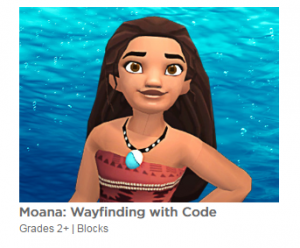 eeded and is recommended for ages 4 to 104.
eeded and is recommended for ages 4 to 104.
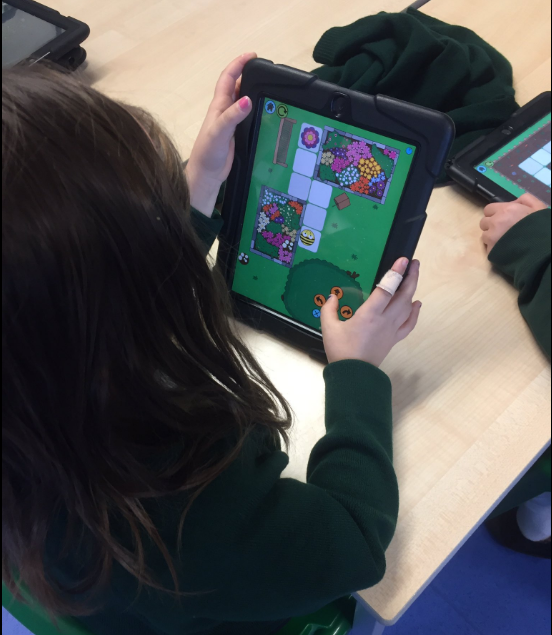
by The Editor | Dec 1, 2016 | Coding, Dash & Dot, Latest News, Loanbank, Programmable Technology, Teaching and Learning
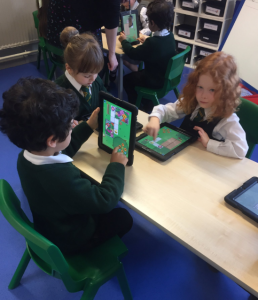 As part of our Technology Experiences and Outcomes, all learners should have experience of “developing problem-solving strategies, navigation and co-ordination skills, as they play electronic games, remote control or programmable toys” TCH 0-09a/ TCH 1-09a.
As part of our Technology Experiences and Outcomes, all learners should have experience of “developing problem-solving strategies, navigation and co-ordination skills, as they play electronic games, remote control or programmable toys” TCH 0-09a/ TCH 1-09a.
Today at Saint Matthew’s Primary School, I delivered a lesson on giving instructions and positional language. Learners from Primary 1 to 3 discussed different places they can find instructions and what they are used for. They also played Simon Says to consolidate their understanding of the commands forward, backwards, right and left. From there, the children were asked to open the Beebot app and work through the game, programming the Beebot to move onto the flower.
The children had to use problem solving skills and collaborated with others to find the correct sequence of instructions to complete each level. At times this was tricky as they had to think about the direction the Beebot was facing and not the position they were in.
As groups worked on this independently and with teacher support. Small groups had a chance to give instructions to a physical robot, Dash. This was a great way to demonstrate to younger children the realistic outcomes of programming.
by The Editor | Nov 15, 2016 | CLPL, Coding, Teaching and Learning
 Join millions of teachers and pupils worldwide taking part in an Hour of Code between 5-11 December. As part of Computer Science Education Week, The Hour of Code is a one-hour introduction to computer science, designed to demystify “code”, to show that anybody can learn the basics, and to broaden participation in the field of computer science.
Join millions of teachers and pupils worldwide taking part in an Hour of Code between 5-11 December. As part of Computer Science Education Week, The Hour of Code is a one-hour introduction to computer science, designed to demystify “code”, to show that anybody can learn the basics, and to broaden participation in the field of computer science.
Anyone can organise an Hour of Code event. No experience of coding is needed and is suitable for anyone between the ages of 4 to 104. For more information please click here







